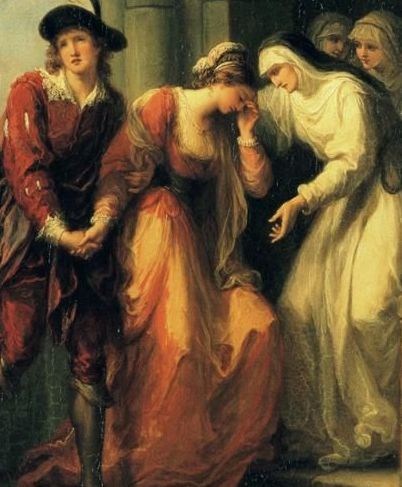DREAM PLACES | DREAMING OF THE BELOVED: Heloise in literature from the 18th century to the present with Constant J. Mews and readings by Maryna Mews
Wednesday 3 Aug 2016, 10:00 AM – 11:30 AM
This presentation explores the range of ways Heloise has been imagined in English literature, beginning with an enormously popular translation by John Hughes in 1713, and then Alexander Pope’s Eloisa to Abelard, a poem widely imitated in the eighteenth century. Why did the story of Abelard and Heloise create such interest in the 18th century. It looks at fascination in the 18th and early 19th century in the figure of Heloise, as one who dreams about her beloved within the constraints of religious life. The talk concludes by looking at various 20th-century presentations of Heloise in literature, notably by Helen Waddell as well as some more recent efforts. It argues that Heloise has always been perceived as a modern figure, in every generation.
CONSTANT J. MEWS, Director of the Centre for Studies in Religion and Theology at Monash University since 1991, is specialist in medieval intellectual and religious history, with a particular interest in the twelfth century. He is a major authority on the writings and intellectual milieu of Peter Abelard and Heloise, having edited Abelard's Theologia for the series Corpus Christianorum, and having published a number of books on this topic, including The Lost Love Letters of Heloise and Abelard: Perceptions of Dialogue in Twelfth-Century France (Palgrave, 1999) and Abelard and Heloise (Oxford University Press, 2005). He has also published extensively on Hildegard of Bingen and religious women in medieval culture.
Angelica Kauffmann (Austrian, 1741 – 1807), The Farewell of Abelard and Héloïse, circa 1787, oil on canvas, 656 x 655 nm, collection of Hermitage, St. Petersburg, Russia
SOLD OUT
About US
Explore
Contact
VISIT
See our VISIT page for hours and directions
BY PHONE
+61 3 9416 2515
BY POST
PO Box 79, East Melbourne VIC 8002
ONLINE
General enquiries
Membership enquiries
Shop
Donation enquiries
Subscribe to E-Newsletter




